That Awkward Spare Room? Here’s How to Actually Make It Awesome
We’ve all got one. That one room. It might be a sad little guest room, a dumping ground for forgotten hobbies, or just a space filled with boxes you haven’t opened in years. And at some point, you stand in the doorway, look at the mess, and ask, “What can we even do with this?”
In this article
That spare room is pure potential, a blank page in the story of your home. But honestly, turning that potential into a safe, functional, and genuinely cool room takes more than a new coat of paint and a Pinterest board. It requires a solid plan, starting from the ground up.
Too many people jump straight to picking out decor. I’ve been called in more than once to fix projects that started with a fun shopping trip and ended with a tripped breaker or, worse, a sagging floor. So, let’s walk through this the right way, looking at the bones of the room first. We’ll figure out what your house can actually handle before we get to the fun stuff.
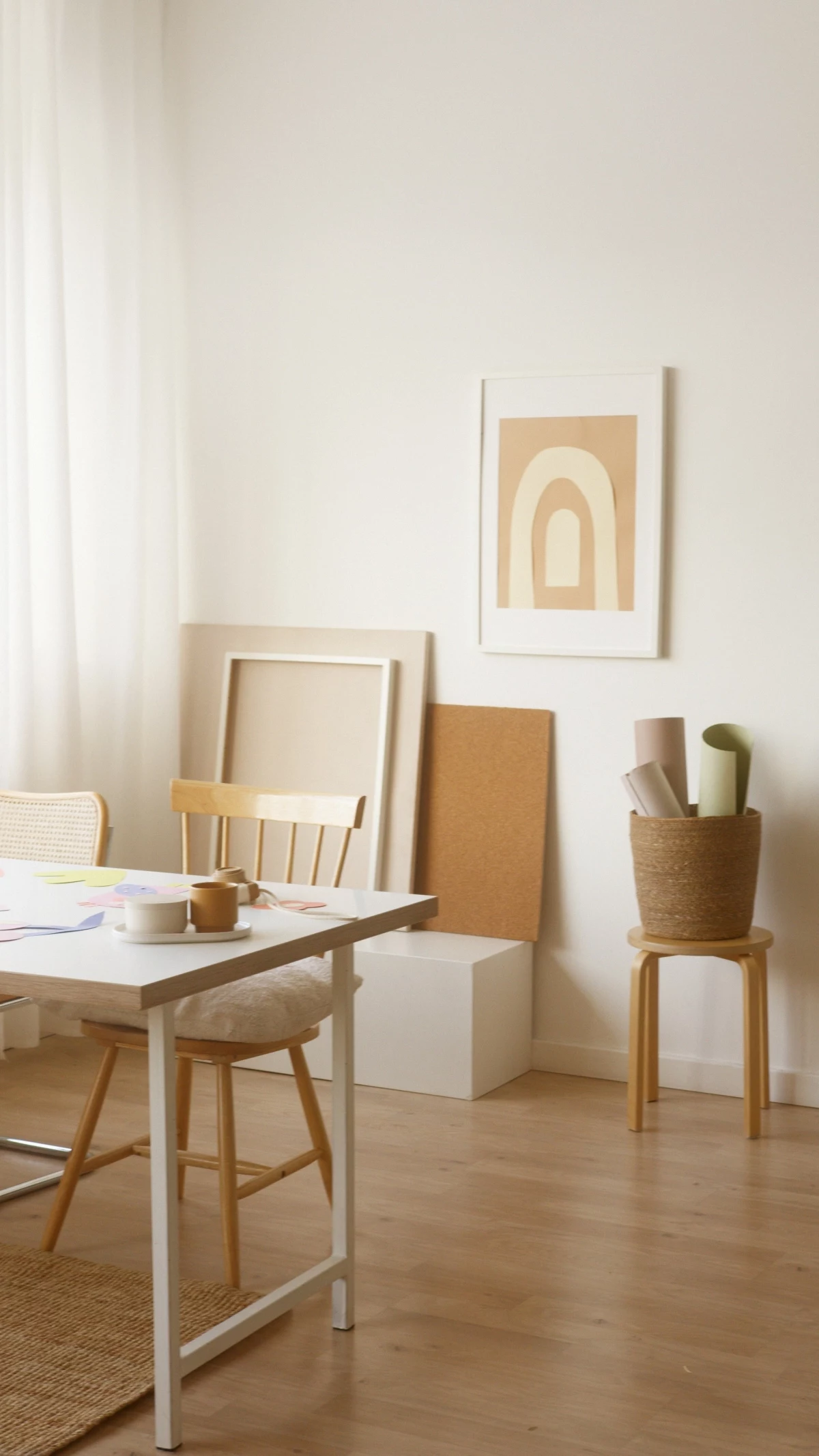
First Things First: The Professional Assessment
Before you buy a single thing, we need to assess the room itself. I know, I know, it’s not the exciting part, but skipping this is like building on a shaky foundation. A pro would never start work without understanding the structure, electrical capacity, and ventilation. This isn’t about finding problems; it’s about preventing them.
Can Your Floor Handle the Weight?
The first thing to check is the floor. Every floor is designed to hold a certain amount of weight, its “load capacity.” A typical bedroom is usually built to handle about 30 to 40 pounds per square foot (PSF). This is fine for a bed, a dresser, and people walking around. But it can become a big issue when your new plan involves something seriously heavy.
A home library is a perfect example. A single, standard shelf packed with books can weigh about 25 pounds per linear foot. Line a 10-foot wall with tall bookshelves, and you’ve just added over 2,000 pounds to that room. Or think about a home gym with a power rack and a full set of weights—that can concentrate 800+ pounds into a tiny footprint. That’s a lot more than the original designers planned for.
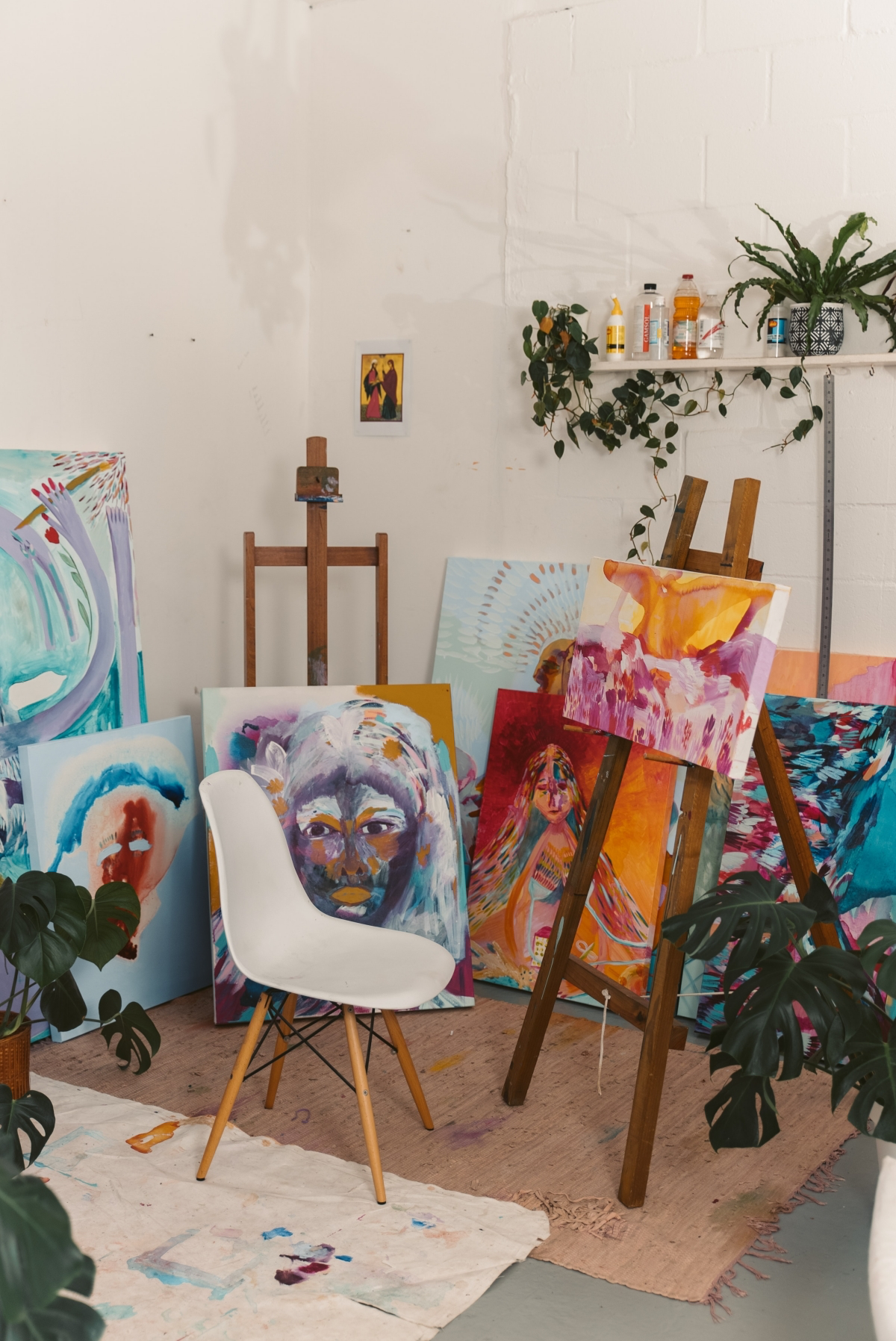
Quick Tip: Place heavy items like bookshelves against walls that run perpendicular to the floor joists (the big beams under the floor). This helps spread the load across several joists instead of just one or two. If you can see the joists from a basement or crawlspace, it’s easy to tell. If not, they usually run the shorter distance across the room.
Heads up, for anything really heavy, my advice is firm: consult a structural engineer. It might sound intimidating, but a report typically costs between $400 and $800, which is a whole lot cheaper than fixing a collapsed floor. I once saw a second-floor room where a huge waterbed caused the floor to visibly sag. They were lucky it didn’t end up in their living room.
Got Enough Juice? Evaluating Your Electrical System
Next up is power. Go stand in your spare room right now. How many outlets do you see? Two? Maybe three? A typical spare room runs on a single 15-amp circuit that might even be shared with another room. That’s fine for a lamp, but totally inadequate for most modern conversions.
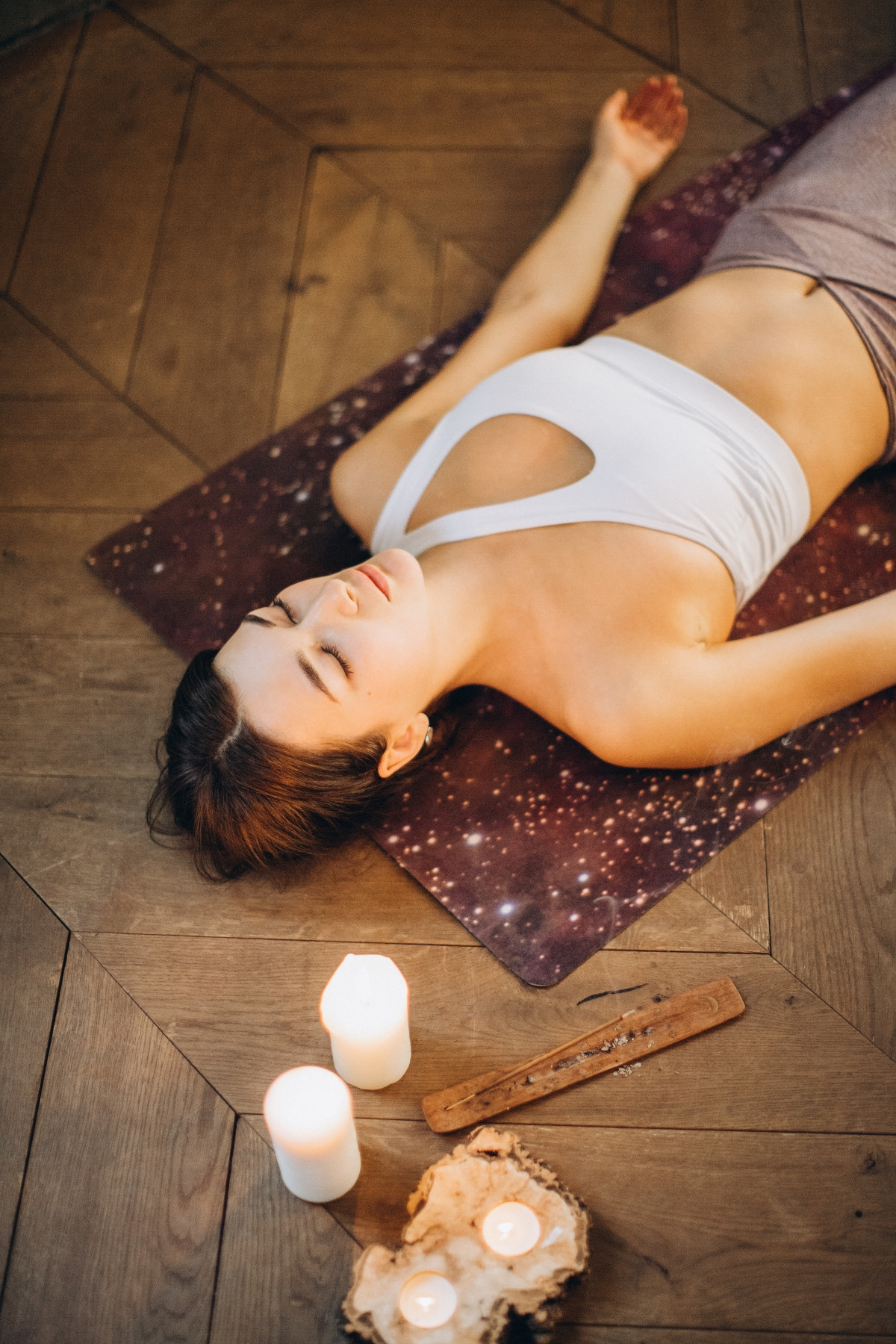
Did you know a good treadmill running at full tilt can draw 10 to 15 amps all by itself? That’s almost as much as a small refrigerator! Plug one in and turn on the lights, and you’re likely to trip the breaker constantly. A serious home office with a powerful computer, multiple monitors, and a printer can also easily overload a standard circuit. And don’t even get me started on an art studio with a pottery kiln—that needs a dedicated 240-volt circuit, just like an electric stove.
Often, the only real solution is to have an electrician run a new, dedicated circuit from your main panel. Expect this to cost somewhere between $250 and $600, depending on the complexity. While they’re at it, modern building codes require special arc-fault (AFCI) outlets in bedrooms to help prevent fires. It’s a great safety upgrade.
Seriously, though: Do not try to do this yourself unless you are a licensed electrician. Working inside a live electrical panel is incredibly dangerous. This is a job you hire out, period.
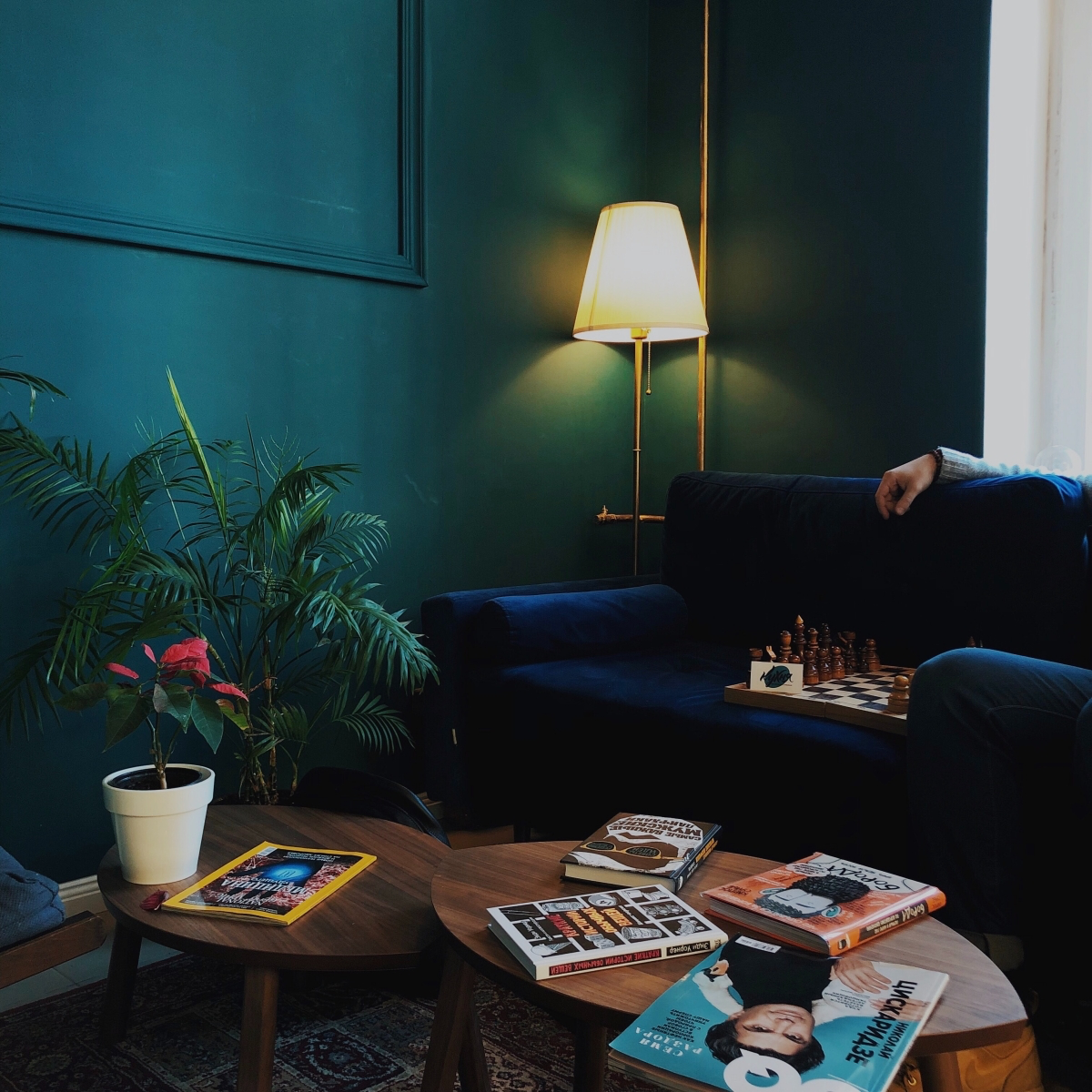
Let it Breathe: HVAC Considerations
How does the room breathe? A bedroom is designed for low-impact use. But what happens when you turn it into a home gym? You’re introducing a ton of heat and moisture from sweat. Without proper ventilation, that moisture gets trapped and can lead to mold and mildew inside your walls. Yuck.
An art studio has a different problem: fumes from paints, solvents, and resins. An indoor garden creates constant high humidity. You need to think about the air exchange. Often, the single vent in the room isn’t enough. The fix might be a dedicated exhaust fan (costing $150-$300 installed) vented directly to the outside. For a high-tech solution, especially in newer, tightly sealed homes, an Energy Recovery Ventilator (ERV) is amazing. It swaps stale indoor air for fresh outdoor air while saving energy. Definitely a job for an HVAC pro.
The Fun Part: Popular Room Conversions
Okay, once the room’s foundation is solid, we can talk about turning your vision into reality. Here’s a practical look at some of the most popular conversions.
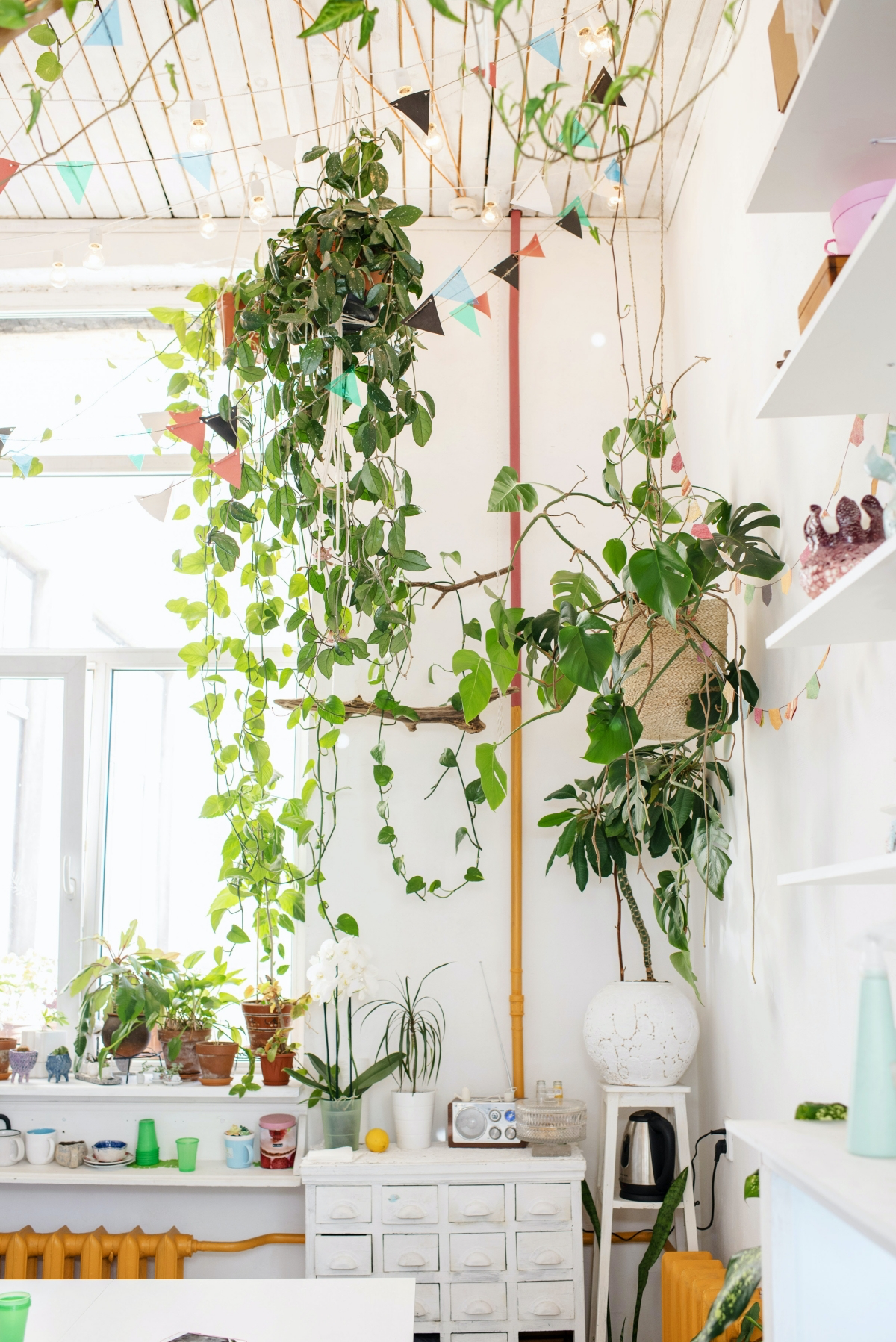
1. The Modern Home Office
This is probably the number one conversion people are doing right now. A good home office needs more than a desk in the corner.
- Power Up: You’ll need more outlets than you think. Plan for at least one quad outlet near the desk. For a setup with a high-end computer and multiple large displays, that dedicated 20-amp circuit we talked about is a brilliant idea for clean, reliable power.
- Lighting is Key: To avoid eye strain, you need layered lighting. A nice overhead fixture for general room light is great, but you absolutely need good task lighting on your desk. Look for LED lights with a high Color Rendering Index (CRI) of 90+ and a neutral color temperature (around 4000K-5000K) to reduce eye fatigue during long workdays.
- Quiet on the Set: Need to take Zoom calls without the whole family hearing? Simple acoustic improvements can make a huge difference. Swapping the hollow-core door for a solid-core one (around $150-$250) is a great first step. Even an area rug and some heavy curtains can absorb a lot of sound.

2. The Home Gym & Workout Space
For a truly functional gym, you have to think about the floor, power, and air.
Flooring is everything here. Forget carpet, which is a nightmare of sweat and bacteria. Your best bet is thick rubber flooring. You have a few options here:
- Good: A budget-friendly hack is to use horse stall mats from a farm supply store like Tractor Supply. They’re incredibly durable and cheap, but they are heavy and can have a strong rubber smell initially.
- Better: Interlocking rubber tiles, which you can find all over Amazon or at sporting goods stores, are a great DIY-friendly option. They usually cost around $2-$4 per square foot.
- Best: For a seamless, professional look, rolled rubber flooring is the top choice, though it’s best installed by a pro to get it perfectly flat and tight.
If you’re planning on heavy weights, you need to revisit that structural assessment. If you have access from below, a contractor can “sister” the joists by bolting new ones alongside the old ones to double their strength. As for power, get that dedicated 20-amp circuit installed for your treadmill. And for ventilation, an exhaust fan on a humidistat switch is a game-changer—it automatically kicks on when things get steamy.
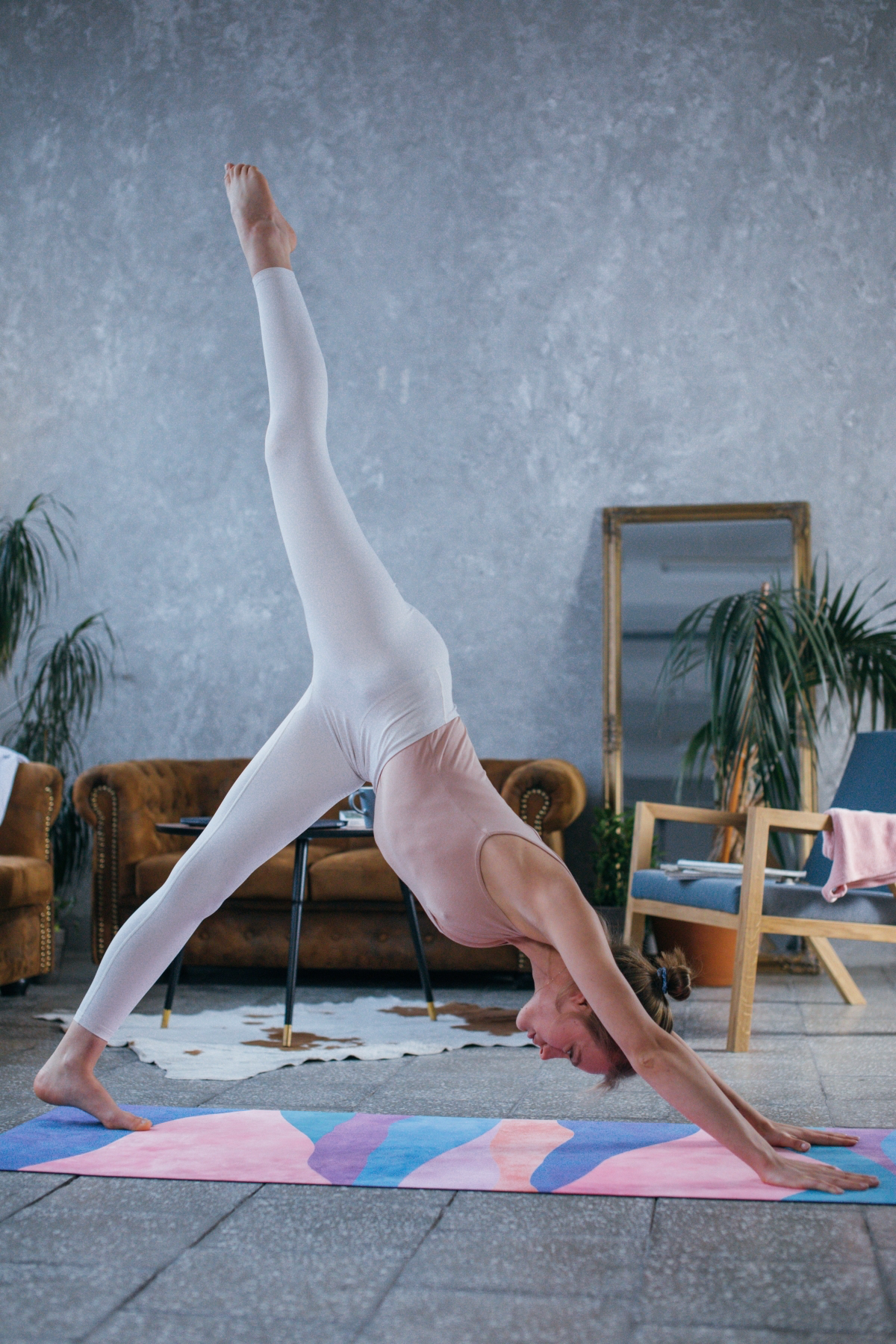
3. The Quiet Retreat: A Library or Reading Nook
A library seems simple, but the weight of books is a serious force that people constantly underestimate. As we said, distribute the weight by placing shelves against walls that are perpendicular to the floor joists. For very large collections, you need that engineer’s report.
And please, never anchor a heavy bookshelf to drywall alone. It will fail. Use a good stud finder to locate the wall studs and secure the shelf with screws long enough to go at least 1.5 inches into the stud. For lighting, think in layers: a central fixture, a comfy reading lamp, and maybe some cool library-style lights over the shelves. A simple upgrade is to have an electrician install a few outlets with built-in USB ports for charging your devices while you read.
4. The Creative Space: An Art or Craft Studio
An art studio is an amazing use of a spare room, but it comes with unique challenges: ventilation, cleanup, and durable surfaces.
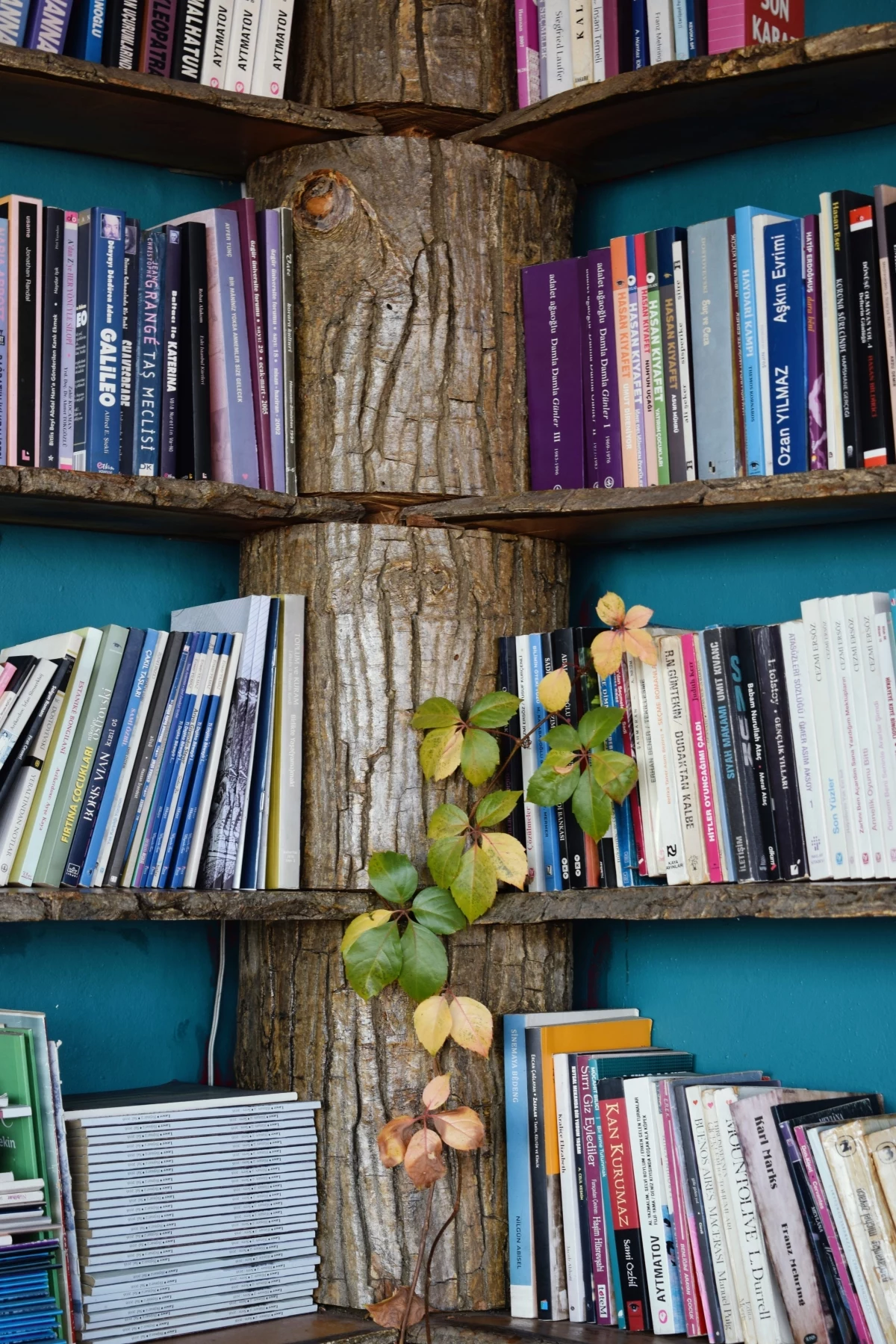
Air quality is my number one safety concern here. If you’re using solvents, resins, or even just a lot of spray adhesive, you need a proper exhaust system vented outside. A simple window fan won’t cut it. For flooring, carpet is a definite no. I recommend sheet vinyl or linoleum (often sold under brand names like Marmoleum, which you can find at specialty flooring stores). They create a seamless, non-porous surface that’s a breeze to clean. If you’re a potter, a dedicated utility sink with a clay trap underneath is non-negotiable. It will save you from a plumbing disaster that would cost thousands to fix.
5. The Entertainment Hub: A Game or Media Room
Creating a great media room is all about controlling two things: light and sound. To do soundproofing right, you need to think in layers. Simply using thicker 5/8-inch drywall instead of the standard 1/2-inch helps. For a bigger impact, you can use a damping compound like Green Glue (about $20 a tube online) between two layers of drywall. For serious sound isolation, pros use resilient channels to separate the drywall from the wall studs, but that’s a more advanced, and costly, technique.
For a true theater feel, you need total darkness. Blackout curtains are good, but a great DIY trick is to make your own window plugs. Just cut a piece of rigid foam insulation (from any home improvement store) to fit snugly in your window frame, wrap it in black fabric using spray adhesive, and wedge it in place. Instant blackout.
6. The Indoor Garden
Turning a room into a green oasis is fantastic, but you’re essentially creating a tiny greenhouse inside your house, and you have to manage the moisture.
Plants release a lot of humidity. In a sealed room, this can wreck your home. The solution starts with the walls. Always use moisture-resistant drywall, often called “green board” or “purple board,” available at places like Home Depot or Lowe’s. You’ll also need active moisture control, like an exhaust fan on a humidistat and probably a good dehumidifier. And because you’re mixing water and electricity, it’s an absolute requirement that all outlets be GFCI-protected. It’s a safety device that can literally save your life.
The Reality Check: Budgets and Knowing Your Limits
It’s so important to be realistic. A simple cosmetic refresh might take a weekend and cost a few hundred bucks. But a true conversion is a construction project.
A home gym requiring floor reinforcement and a new circuit, or a media room with proper soundproofing, can easily run from $2,000 to $10,000+ and take several weeks, especially if you’re hiring pros. Know your limits. You can probably handle painting and assembling furniture. But for certain jobs, you should always hire a licensed and insured professional:
- Any structural work.
- Adding a new electrical circuit.
- Any plumbing work.
- Modifying your HVAC system.
Finally, always check if your project needs a permit from your local building department. It might seem like a hassle, but it ensures the work is done safely and protects the value of your home. A spare room really is a gift—a space you can shape to fit your life. By planning carefully and respecting your home’s limits, you can turn that empty space into your favorite room in the house.










